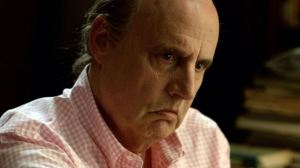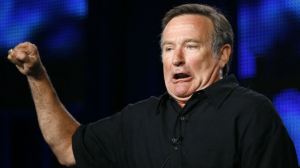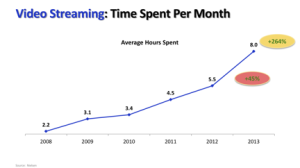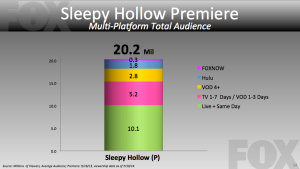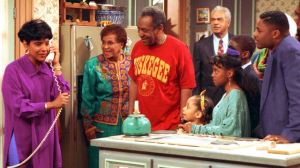As Amazon prepares to launch its third pilot season, I had a lengthy chat with Amazon Studios director Roy Price about his company’s strategy, measuring success, his terrific new series Transparent and competing with Netflix. He answered so many of my questions about Amazon, including what defines a successful series for them:
The main thing we’re focusing on is making Prime fantastic. And one of the things people really respond to is original new series, so we’re paying attention to, are people engaged with the show? Does it add value to the service as a whole? So it’s about views, and talking about the shows, and if you watch the whole season, how did you rate the show…Basically, do people really seem to value the show as part of the service?
Last year, we premiered Alpha House and Betas, and they premiered at, and hung around at, the number one and two series for awhile, so that’s very encouraging, because it shows that people are really getting into it and heavily sampling the shows. That’s the kind of thing we want to see, that it becomes a meaningful part of the value that the service provides. Ultimately, you’d like to see more people joining the service, and you’d like to see that people who watch the shows and enjoy the shows renew their subscription.
Price, who was a terrific interview, also talked about Amazon’s rationale for not disclosing ratings, how the public pilot process really works and whether Amazon considered picking up beloved-but-canceled shows like Community and Enlisted.
How Amazon built a studio that’s finally challenging Netflix
